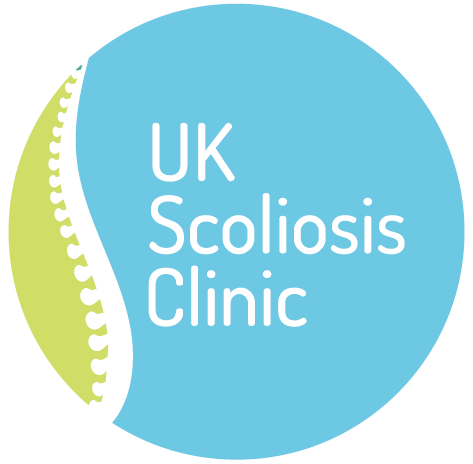Explore Treatments
Learn More
Scoliosis Surgery

Surgery was once thought to be the only treatment option for scoliosis, however modern conservative (non-surgical) treatments are now a viable alternative for most patients. Surgery can be the best option for some patients however, and can provide a significant improvement in quality of life in some cases.
What is Surgery?
Surgery is an option for patients with severe scoliosis, or scoliosis which has not responded to non-surgical treatments. There are a number of different procedures which can be used to treat scoliosis – while these all carry risk, they can be life changing for some individuals.
Our analysis
Scoliosis surgery is certainly an option for treating scoliosis but should only be considered as a treatment of last resort. This is because any form of surgery carries greater risk than a non-surgical approach and, in some instances, can be associated with additional complications arising from surgery.
It was once thought that surgery was the only option to treat scoliosis – sadly many medical practitioners do not receive any detailed instruction covering scoliosis and therefore still hold this view.
Learn more
-
How does surgery work?
The goals of scoliosis surgery are to restore spinal balance and reduce pain and discomfort by relieving nerve pressure (a process known as decompression) and maintaining corrected alignment by fusing and stabilizing the spinal segments. Typical surgical approaches Surgical procedures include:
Microdecompression relieves pressure on the nerves; A small incision is made and magnification loupes or a microscopic assists the surgeon in guiding tools to the operation site. This type of procedure is typically used only at one vertebra level, and carries a risk of causing the curve to worsen, especially in larger curves >30 degrees.
Surgical stabilization involves anchoring hooks, wires or screws to the spinal segments and using metal rods to link the anchors together. They stabilize the spine and allow the spine to fuse in the corrected position.
Fusion uses the patient's own bone or using cadaver or synthetic bone substitutes to "fix" the spine into a straighter position
Osteotomy is a procedure in which spinal segments are cut and realigned
Vertebral column resection removes entire vertebral sections prior to realigning the spine and is used when an osteotomy and other operative measures cannot correct the scoliosis.
-
How effective is surgery for scoliosis?
Surgical prognosis is highly individualised and depends to a large extent on each patient’s unique case. Since this site is provided by experts in non-surgical treatment of scoliosis, we would recommend a consultation with an expert in surgical treatment to establish how effective surgery could be in your case.
-
When to choose bracing
Most clinicians agree that Surgical treatment is best reserved for patients who have not responded to all reasonable conservative (non-operative) measures, who have disabling back and/or leg pain and spinal imbalance, or who are severely restricted in terms of functional activities and therefore have a substantially reduced overall quality of life.
-
Research and References
Sources for further research
The best place to start research on scoliosis surgery is The Scoliosis research society
Need advice?
Learn more about scoliosis and book a free consultation at the UK Scoliosis Clinic .
Learn More